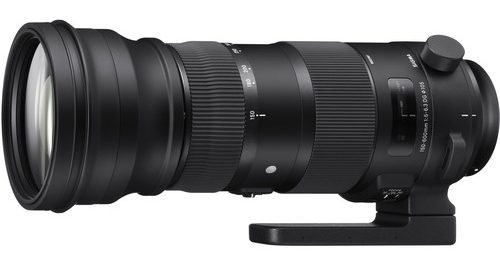How to Photograph Birds

Bird photography is a popular, but difficult, pastime. Capturing images of our feathered friends is incredibly satisfying, but knowing how to photograph birds properly is important. This article will share top tips and look at some of the essential techniques for taking good photos of birds.
Where to find birds to photograph
Finding wildlife can be one of the biggest challenges. But there are birds everywhere, even if you live in an urban environment. A city pigeon may seem like a boring, common sighting to you. But with creativity, you can turn a simple pigeon into an award-winning photo.


In fact, urban bird photography is increasingly popular. Gulls, ducks, parakeets, peregrines, and even owls can be found in cities. Coastal cities in particular have an array of birdlife on their shorelines.
For those living in, or venturing out to, the countryside, there is a whole host of new opportunities to photograph birds. Small passerine birds frequent woodlands, waders forage around mudflats on the coast, and raptors can be seen circling high above.
Good fieldcraft or a wildlife hide can help you to capture images of birds, of course. But even a drive into the countryside can provide sightings whilst using the car as a “portable hide”.
How to photograph flying birds
Capturing birds on the wing is one of the more difficult skills to master when learning how to photograph birds.
Fast-paced movement, whilst moving in and out of focus, is tricky to capture for anyone. There are a number of things you can do to improve your chances, though.
Firstly, learning about and utilising the back button focus technique allows you to separate the buttons for focusing and capturing the image. This allows the two actions to work separately from each other, increasing your chances of capturing the image.
A smaller aperture (higher f-number) will provide a greater depth of field, giving you some leeway for the bird’s movement through the focal plane.
Utilising the correct autofocus mode is essential too. Having a continuous focus mode that uses a small selection of focus points to track the animal is the best choice. It also helps to have the lock-on delay for a couple of seconds, meaning that if the bird flies behind a tree you won’t lose focus immediately.
Read more: How to Photograph Birds in Flight
How much zoom do you need to photograph birds?
If you’ve ever seen a line-up of bird photographers, you’ve probably had “lens envy” seeing all the huge lenses that are available.
However, the big telephoto lenses you see are actually that size due to the amount of light they let in. They don’t necessarily have more zoom than something that’s more compact.
Typically, anything from 300mm or more in focal length is a good option for bird photography. At the 300mm end, you’ll find situations where you wanted more zoom. Those big lenses are typically either 500mm or 600mm primes.
We recommend the Canon 100-400mm f/4.5-5.6 Mark II lens or the Nikon 200-500mm lens. There are also good third-party choices such as the Sigma 150-600mm f/5-6.3 lens.
Read more: What are the Best Lenses for Bird Photography?
Shooting portraits of birds
You don’t always need to shoot birds in flight to capture a great image. In fact, you can make beautiful images when they’re perched and staying still.
Such “bird portraits” can do well to depict the environment of the animal and show another side to its life.
The technique behind shooting a bird portrait is similar to when working with any wildlife.
Utilising good composition, focus, and lighting is key to creating a strong portrait.
Read more: How to Take Portraits of Birds
Considerations when working around nests
Fieldcraft is important when photographing birds. Being able to work quietly and carefully around birds is essential for photographic success.
This rule is even more important if you are working near nesting sites of birds.
Many birds are protected by law and require careful consideration and knowledge before working around their nesting sites. This is the place where birds are at their most vulnerable, and disturbance can even cause them to abandon eggs or chicks in a nest.
Assuming you have the right permissions and everything is ethical, you can then go ahead and work on your nest photography.
Read more: How to Photograph Nesting Birds
In conclusion
Developing your skills and knowledge of how to photograph birds takes time, but it isn’t as prohibitive as it might first seem.
Using the tips above, as well as some of our other wildlife photography tutorials, should help you to be capturing amazing images in no time.
With luck, you might even be the next Bird Photographer of the Year!









